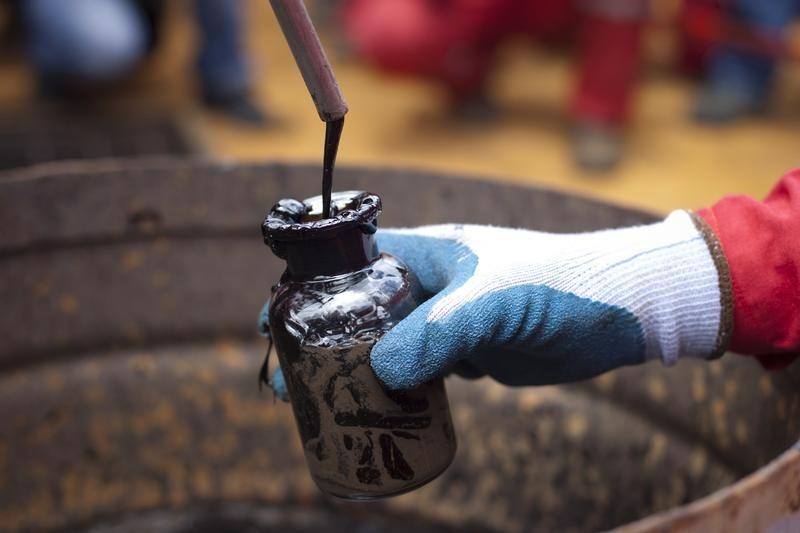Investing.com – Holiday-shortened week or not, oil bears aren’t letting OPEC have the joy of a big price rebound.
Helping them is the Russian procrastination for a cut.
Russia’s energy minister insists that Moscow and its allies in OPEC should watch the oil market in the coming weeks to decide on any reduction in production, Bloomberg reported on Monday.
“We need to see how the situation develops in November and early December to better understand both the current conditions and the winter outlook,” Alexander Novak was quoted as saying in Moscow.
Novak’s hesitance in openly endorsing his Saudi counterpart Khalid Al-Falih calls for a substantial production cut at the OPEC+ summit in Vienna on Dec. 6 shows the conflicting positions of the world’s two biggest oil producers in staunching the 25% crude price rout over the past six weeks.
With this week’s Thanksgiving holiday, analysts had thought oil bears might be queasy about building new short positions due to the thinner trading volumes expected from Wednesday as the trade winds down for the break.
“There are signs that the bottom should now be in,” Phil Flynn at Chicago’s Price Futures Group said, citing “bulk demand ahead” in the new year. “Talk of oversupply and slowing demand are overstated in our view, so we are looking for a rebound.”
Both West Texas Intermediate and Brent crude began the week up more than 1% in Asia, but surrendered much of those gains as trading moved over to Europe and the U.S.
U.S. WTI settled up 30 cents, or 0.5%, at $56.76 per barrel. With the rebound, it remains about 25% below a four-year high of nearly $77 hit in early October.
U.K.Brent, the global benchmark for oil, settled up 3 cents at $66.79. Brent remains some 24% lower from last month's peak of nearly $87.
The Saudis and the OPEC cartel they dominate have hinted at total cuts of around 1.4 million barrels per day from the start of next year. The Russians emphasize that they wish to work with OPEC but are not sure if a cut is necessary. To be sure, it was reductions by OPEC+ that ended a 3-year oil glut that persisted until last year, bringing crude prices to multiyear lows of nearly $25 per barrel.
This year, oil has witnessed one of its most spectacular price swings ever, first running up 20% over five months after President Donald Trump declared in May plans to impose new sanctions on Iranian crude exports, then giving back all of those gains in the last six weeks after Washington issued generous unexpected waivers on those sanctions. In between, crude prices also recorded their worst bearish streak in history – a 12-day selloff.
U.S. crude inventories have also jumped nearly 50 million barrels from eight weeks of uninterrupted builds, adding to the market's pressure.
